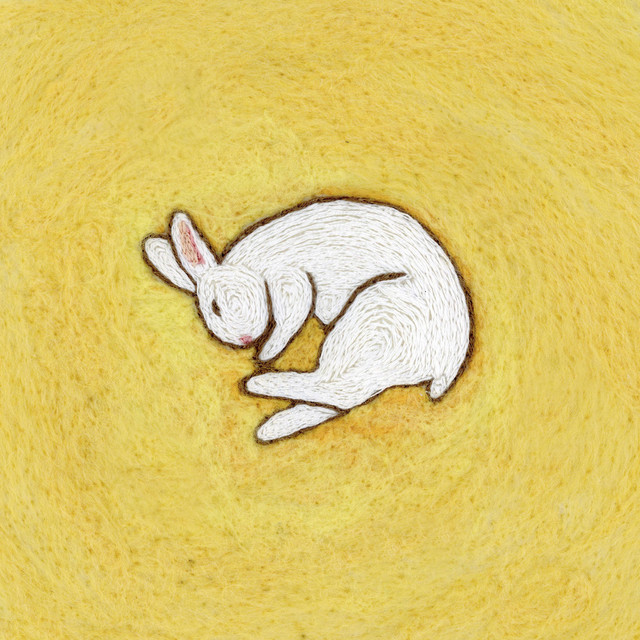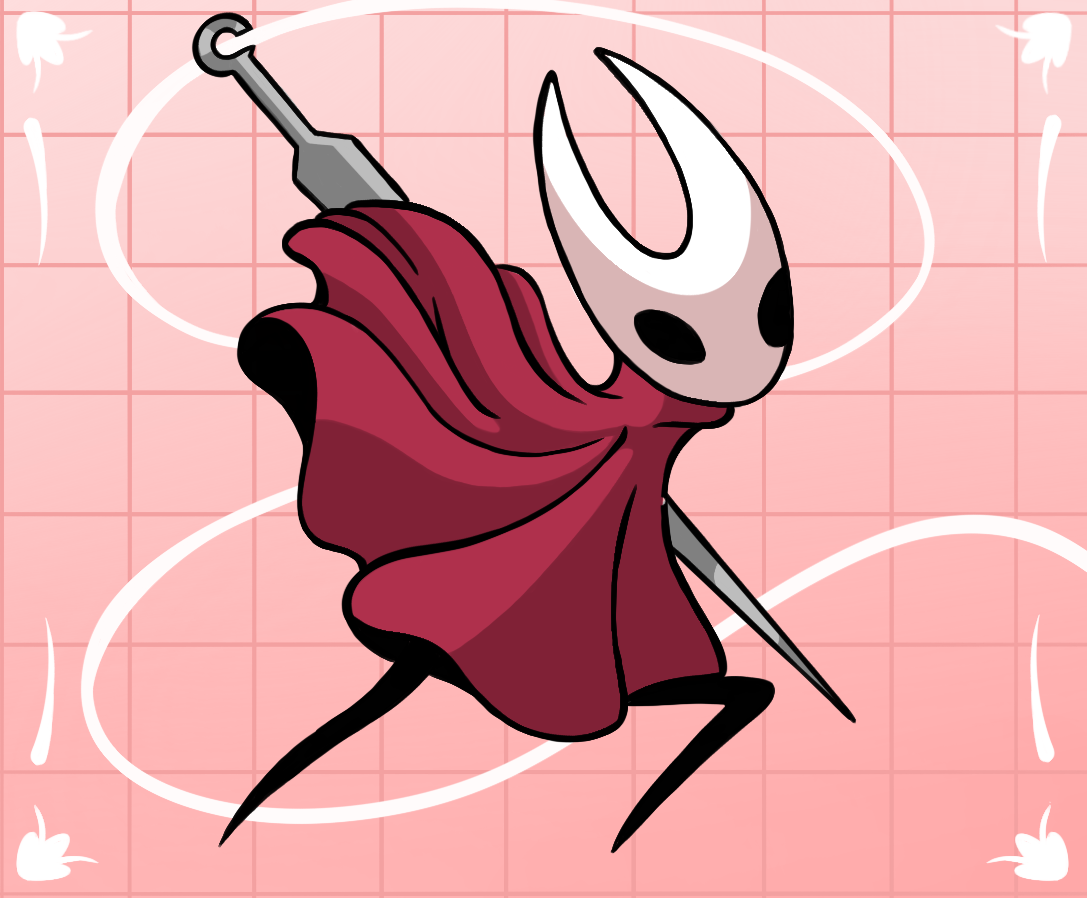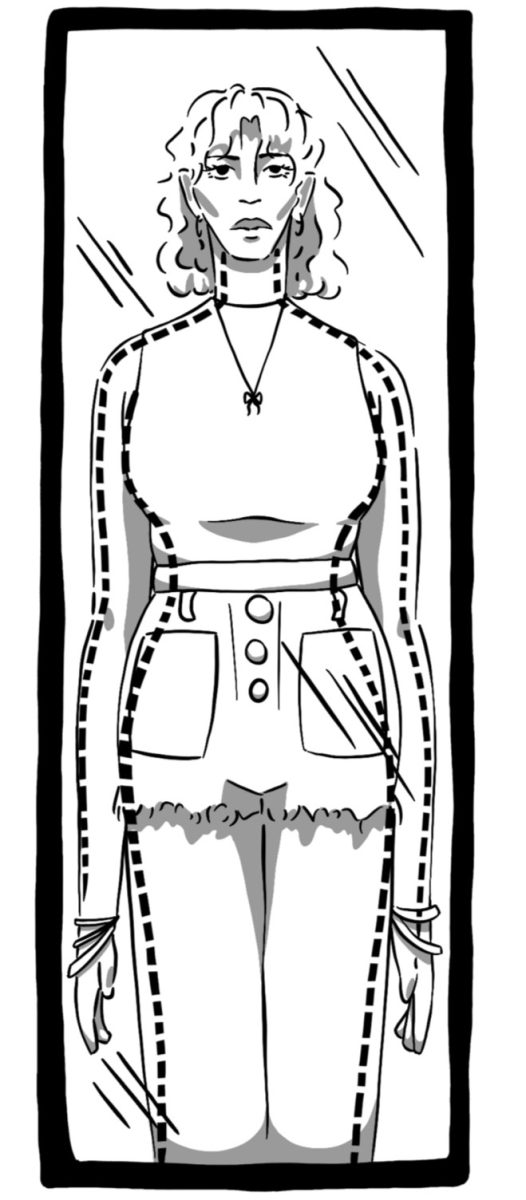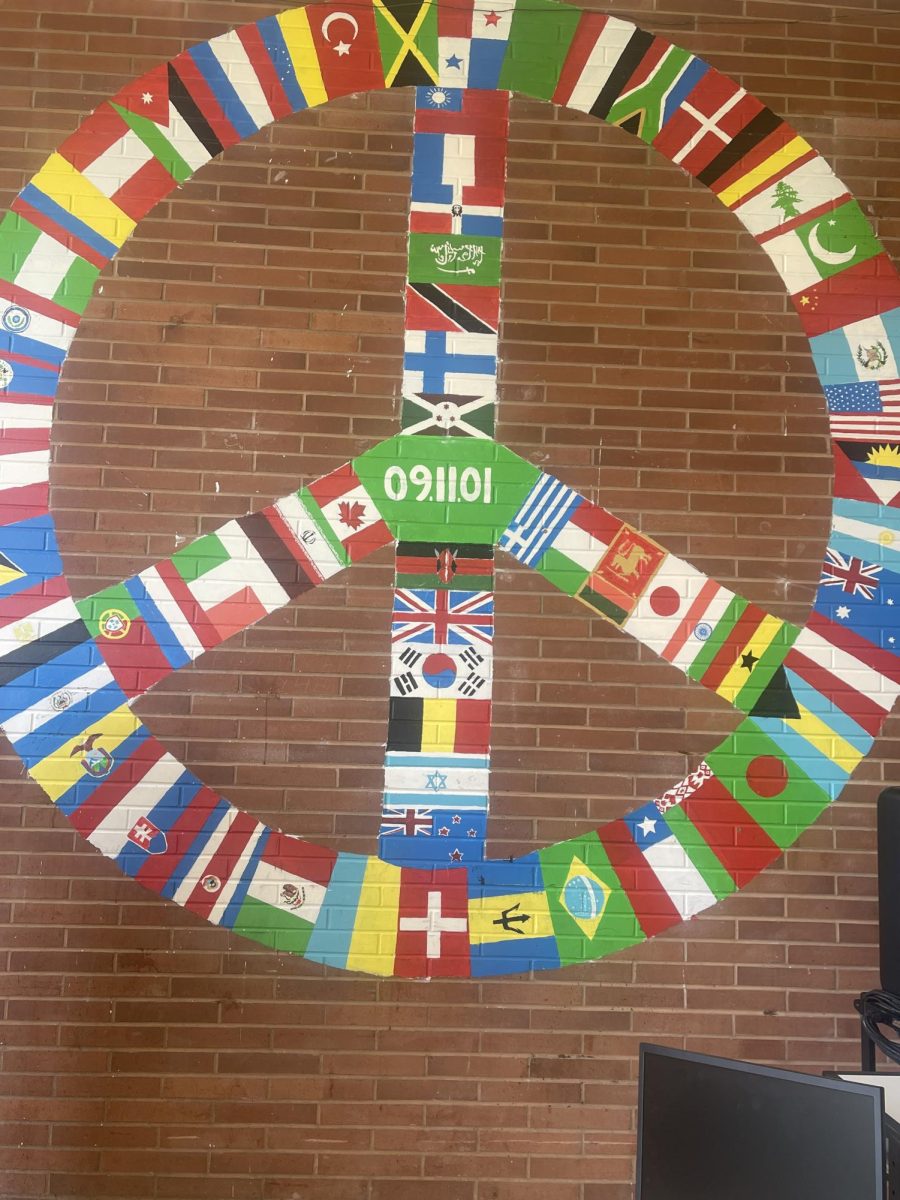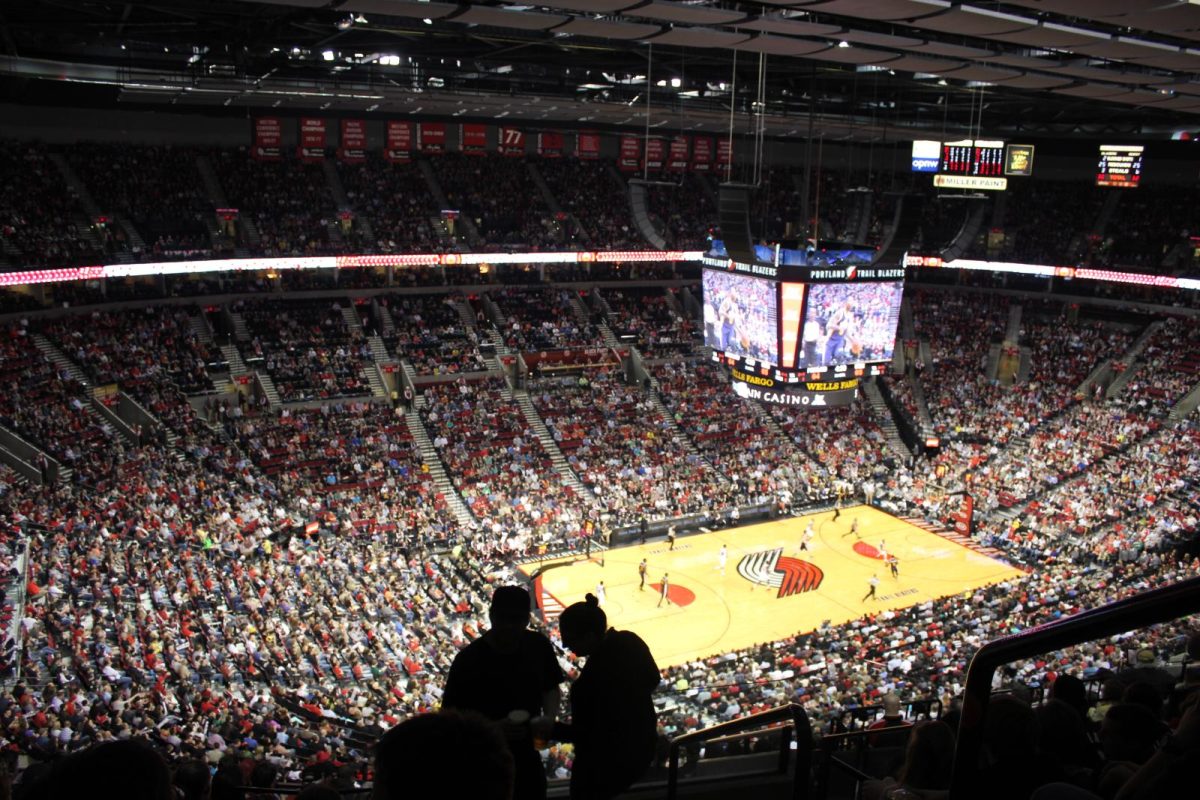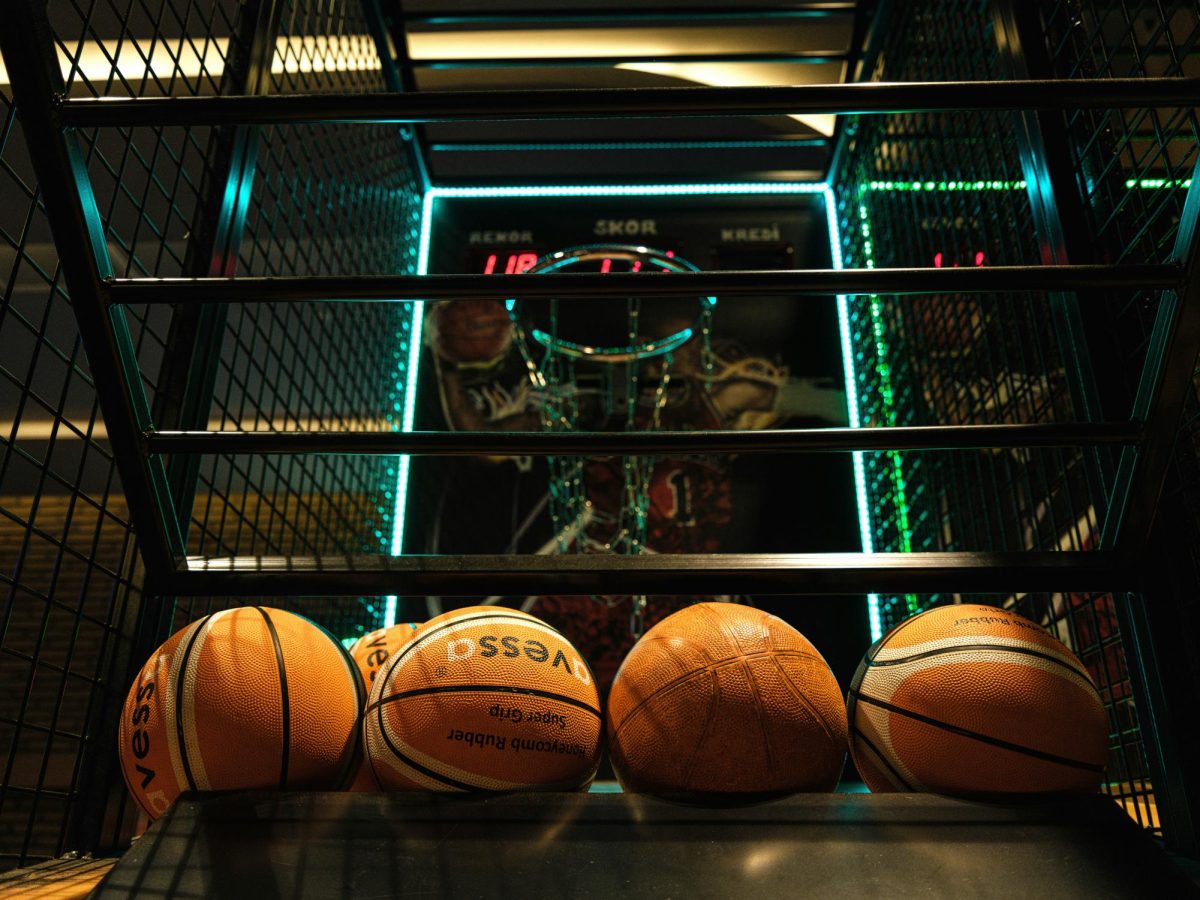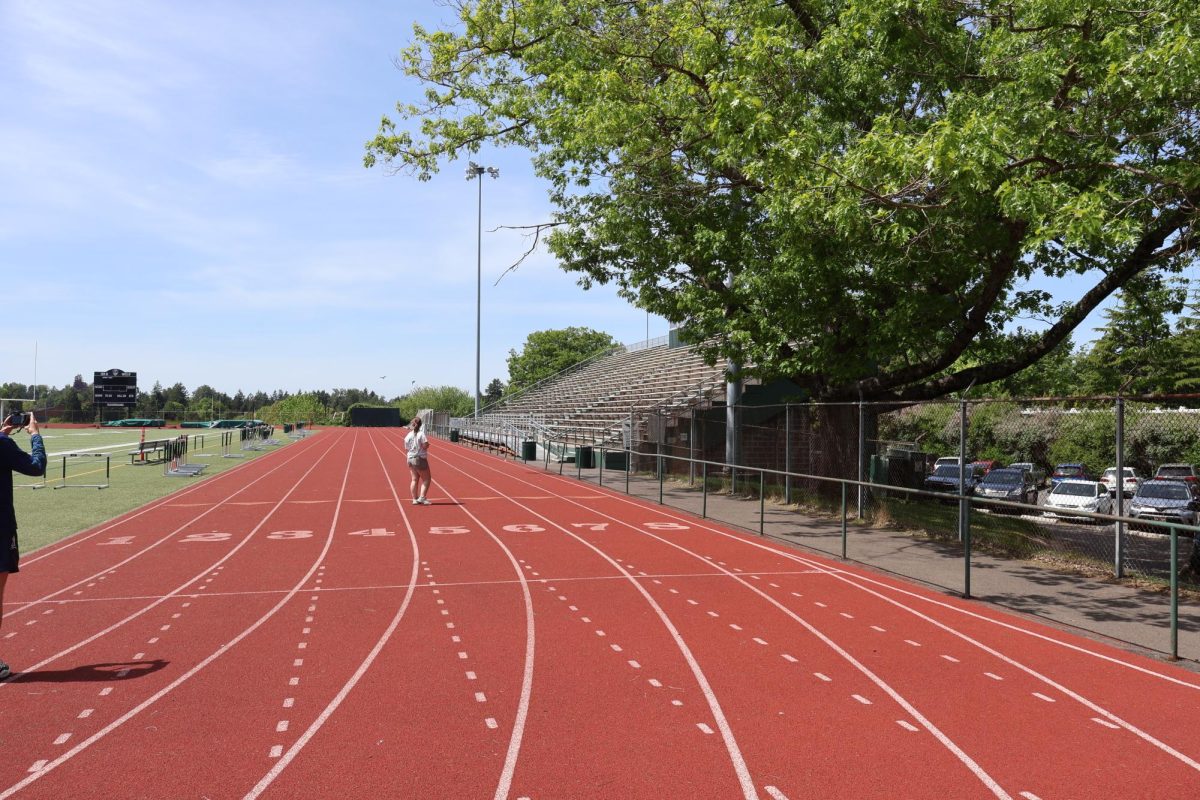There is a long and ongoing debate on whether dance is art or a sport. To me, it is both. Dance is a broad category divided into many facets, each category so individually unique that it is impossible to create one all-inclusive definition.
At age four and a half, my parents enrolled me in my first ballet class, and almost 14 years later, I’m still dancing. In the beginning, it was just a fun activity, but as I grew older and started getting more serious about it, I began to view it as my sport, in my brain there was no way it could be a form of art. Entering high school it became my form of art, now it is both. So what changed?
The origins of ballet can be traced back to the 15th century in Italy’s high society, where guests of weddings and celebrations were treated to the performances. A century later the King of France, King Henry II and his wife, brought ballet to the French courts — the couple’s love of ballet spurred its growth. This was continued by King Louis XIV who helped popularize the dance form, additionally, he was a dancer himself, performing several roles. Throughout the following centuries, ballet continued to adapt and grow into what it is today, spreading to Russia and eventually the US. Over time ballet became categorized by periods and styles.
Classical ballet stemmed from the Italian and French Renaissance courts — this was the first form of ballet. From this, much of the terminology and steps that serve as the base of all modern-day movements were created. Yet it wasn’t till the late 18th and early 19th century that dancing en pointe was popularized. Its creation was in hopes of making the dancer appear to float. At first, dancing en pointe was only used for simple steps with much of the main dancing still done on flat. During this time period long white romantic tutus that stopped at the calves began being featured, this coined the period of the romantics in which famous ballets such as La Sylphide and Giselle were created.
At the turn of the century, ballet was brought to the US, driven by George Balanchine, founder of the American Ballet Theater and co-founder of the New York City Ballet. While known as a revolutionary choreographer, he also fueled racist and fatphobic stereotypes that continue to plague ballet decades later. Balanchine style and choreography is known for its quick and fast-paced sharp movement often filled with tiny jumps referred to as petit allegro. Modern-day ballets have become known as Neoclassical ballets.
While other forms of dance existed before ballet, it has served as a crux to the evolution of modern-day dance, helping to create a unique and diverse world of dance, each with its own terminology and technique.
So what does this have to do with my definition of dance? As I grew older, I began to see the evolution of ballet in a similar way to the evolution of art. Just as Claude Monet, Edgar Degas and Camille Pissarro led Impressionism to rise from Realism, modern dance rose from ballet, a movement led by Loie Fuller, Isadora Duncan, Ruth St. Denis and Ted Shawn.
Synonymous to art is dance’s ability to preserve history. Ballets created during each period represent issues, style and a mindset specific to its origination. As I grew older, I was also able to understand the emotional component to dance. In its rawest form, dance is stringing together emotions, the dancer embodies both the story and music creating a physical form that the viewer can digest. Like art, this captures its audience and forces them to feel in a way that everyday life does not make them. The dancer becomes an artist, the stage an emotional canvas, the dancer’s limbs the paintbrush.
Yet while the dancer is an artist, the dancer is also an athlete. Ballet dancers are known to “float on stage” yet this grace hides the physical exertion dance puts on the body, a wear and tear that any professional athlete can relate to. The average career of the ballet dancer rarely goes beyond 40, often ending in someone’s late 20s or early 30s. Like any athlete, a dancer’s training dictates their life, hours spent in technical class, more hours spent in rehearsals and more hours spent with cross-training to prevent inevitable injury.
Like any sport, dance has become more competitive over time, with increasing technical standards, expectations of higher legs, more turns and increased amounts of pointe work. While these changes happen naturally over time, a recent increase can also be accredited to the merging of performance dance and competition dance.
In competitive dance, the emotional component is not typically held to the same standard as in performance dance — despite this, competitive dance is crucial to the continual evolution of dance as a whole. Proving dances’ existence as both an individual and team sport, and serving as a driving factor to increasing the caliber of technique.
Throughout its evolution, dance has proven to be both a sport and an art form. Its classification is truly dictated by what an individual wants it to be. The performance dancer is much more likely to consider themselves an artist than an athlete and the dancer whose passion is attending conventions is much more likely to consider themselves an athlete. Yet in the end, both are an artist and an athlete, a rare combination can be found elsewhere in life.


